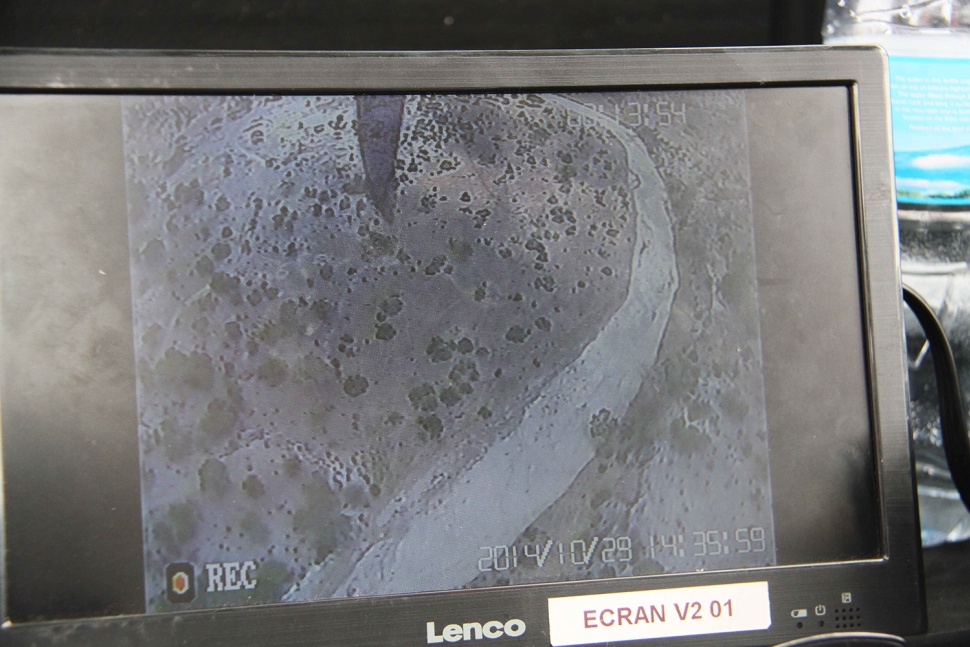Authorities trying to fight poaching on the Africa plains may have another weapon in their arsenal — unmanned aerial vehicles. A recent series of tests conducted in the Mkomazi National Park suggest drones may be an effective tool for identifying and tracking poachers in the field.
The trials were hosted by UAV anti-poaching surveillance company Bathawk Recon, which is based out of Tanzania. Also participating in the trials were US drone manufacturer Aviation Unmanned, which makes the Super Bat DA-50 drone used in the study, and the Tanzania National Park Authority (TANAPA), which is tasked with the management of Tanzania’s national parks. TANAPA has faced criticism recently over the alarming increase in poaching that has decimated animal populations in the region. Elephant poaching, especially, is a major problem in Tanzania. The Selous Game Reserve, to take one example, has lost 67 percent of its elephant population in recent years.
Related: Check out this swarm of 50 drones being flown by a single operator
The Super Bat DA-50 is an autonomous drone used primarily for surveillance and aerial mapping. In the Tanzania surveillance trials, the drone was able to detect people on the ground even at its maximum altitude of 15,000 feet. It then could follow the targeted poachers through the bush using both video and infrared to visualize movement. Once the suspected poachers were located, the drones could zoom in on both the poachers and their game. The team also tested the Super Bat’s range and flight time and found that the drone could fly uninterrupted for an impressive 8 hours at a time with a range of 30 kilometers (18.6 miles). According to Bathawk, the drone hit all performance targets in the five days of testing.
Besides Tanzania, UAVs also are being tested in several other African countries, including South Africa, Namibia, and Kenya. Bathawk Recon is testing two other drone models, one of which is being flown in the Selous Game Reserve, which is popular among poachers because of its dense forest and rough terrain. The Selous Game Reserve, moreover, is a challenging test for a UAV because of the size of the reserve, which is spread over 44,800 square kilometers (17,300 square miles). Bathawk believes UAVs provide a cost-effective means of tracking poachers, and hopes a successful result at Selous will demonstrate the effectiveness of this technology.
This was originally posted on our brother site, Digital Trends.


















